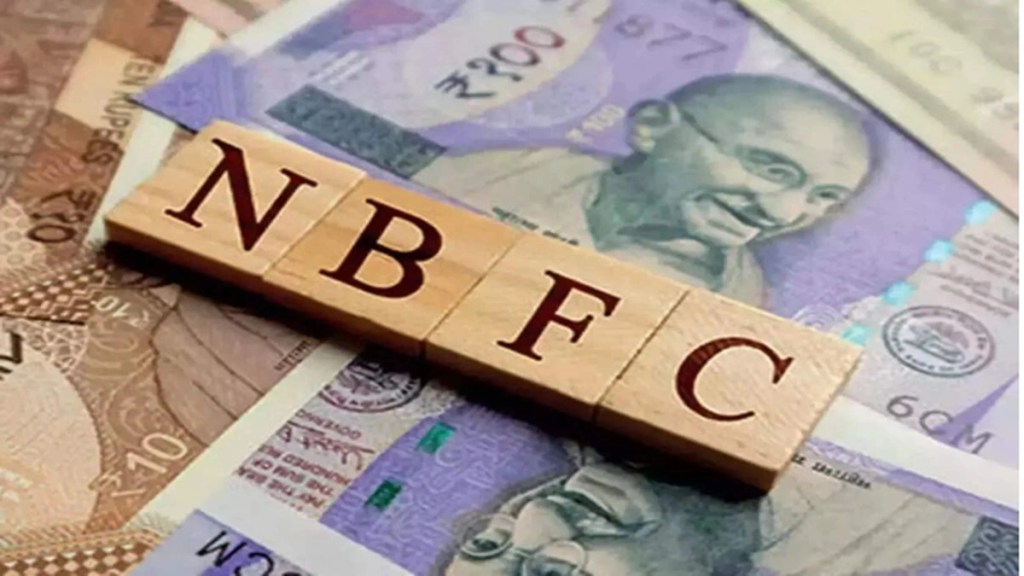These rose 5% quarter-on-quarter to Rs 51,925 crore as on March 31. The fall in fresh unsecured personal loans comes when various lenders have renewed their focus on the segment to improve their margins.
Analysts attribute this to a higher base in January-March, 2022 and the recent tightening of underwriting standards by these lenders, especially with respect to the new-to-credit segment.
Overall, sanctioned loans rose 2% y-o-y and 7% q-o-q (quarter-on-quarter) to Rs 4.5 trillion as March 31.
Long term loans for a period of above three years fell 36% y-o-y and lease finance fell 41% y-o-y. Short term loans of less than one year also fell 64% y-o-y.
Housing loans also fell 1% y-o-y as high interest rates hit the demand for loans.
Demand loans rose 84% y-o-y, the highest among all categories. Also, education loans rose 79% y-o-y.
Used car loans rose 43% y-o-y in the quarter under review.
Broadly, long-term outlook on the non-banking financial companies (NBFC) segment is positive, say analysts.
“We believe the AUM growth is expected to moderate from here on as disbursement growth moderates due to a higher base. There are no demand concerns but a part of the management’s commentary indicated about higher competition,” brokerage firm Sharekhan said in a recent report.
“Overall, the asset-quality outlook remains stable to positive, given the benign credit cycle. This should help sustain lower credit costs in the near to medium term. Moreover, the interest rate cycle is close to its peak, which should benefit these lenders in terms of margin improvement.”

